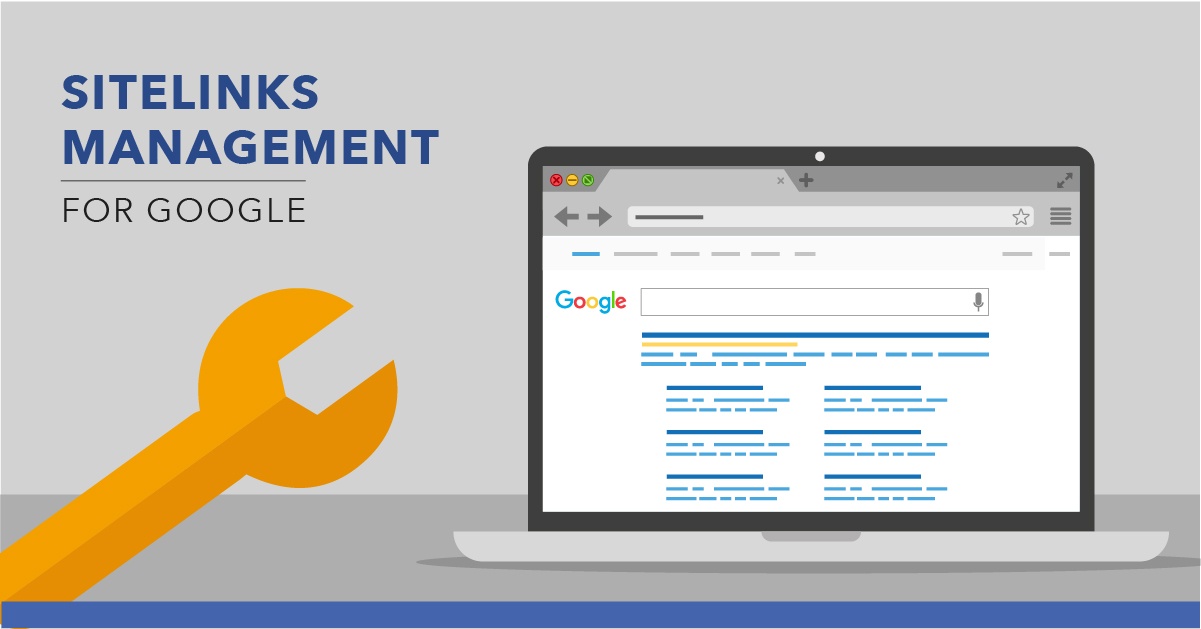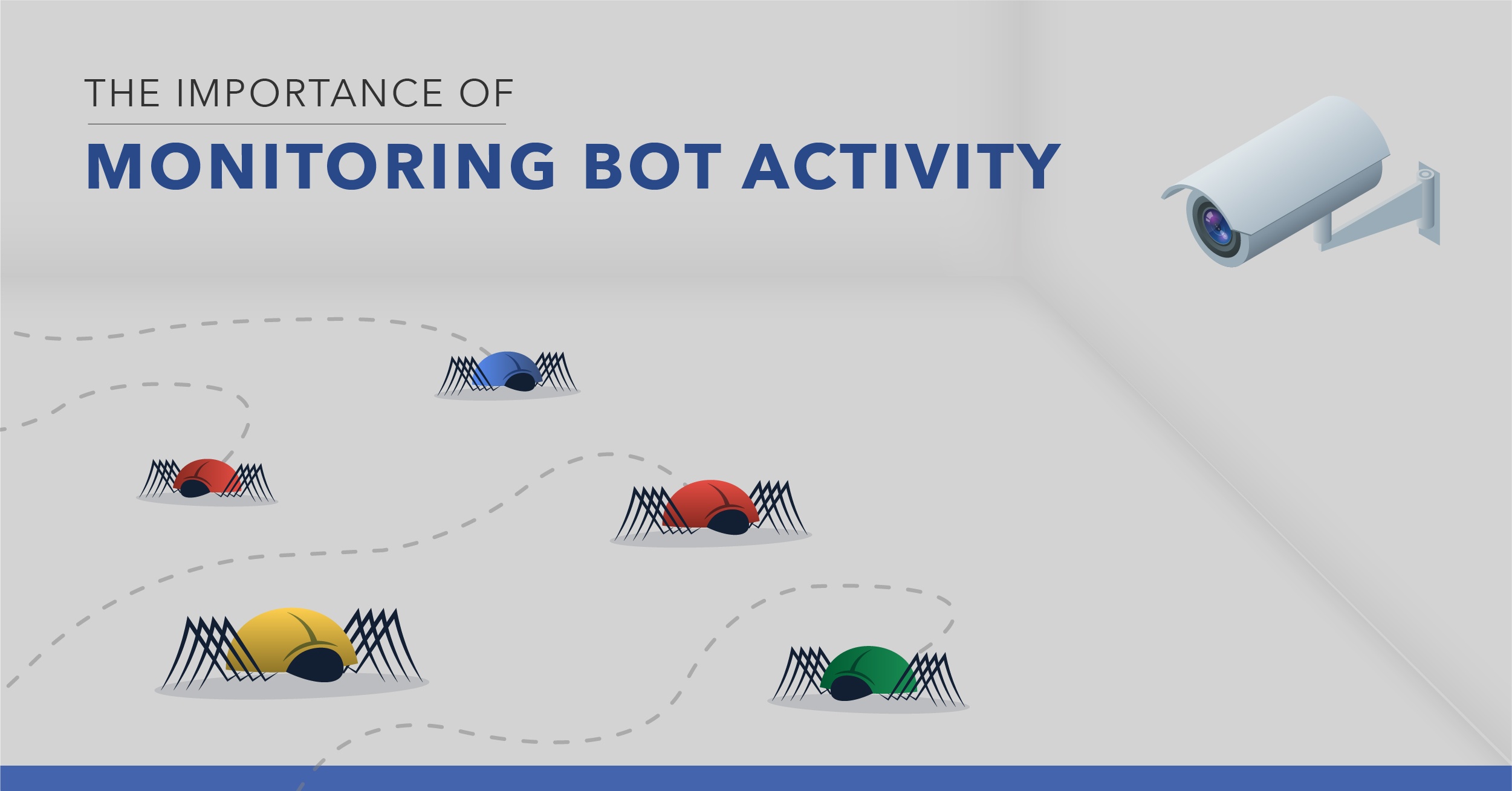When it comes to the SEO industry, there have been a lot of changes over the years. Originally, search engine optimization was simple and easy to complete with specific keywords to help improve a page's ranking. But, as search engines got more and more complex, they have gotten smarter in helping users effectively search for things they are looking for. Because of this change in search, our SEO strategies have changed, too. Newly created algorithm updates, from RankBrain and Hummingbird, changed SERPs by adding a new level of understanding of search queries called semantic search. Ultimately, both marketers and users have benefited from these updates.

What Does “Semantic Search” Mean?
“A semantic search is one where it uses artificial intelligence to produce meaningful results of the question or search phrase, even when the results don’t contain an exact match of the words or phrases used. At its root, the word “semantic” connects with the meaning of something. So, when searching, a semantic search tries to make a search effective by relating what the searcher is intent to find on the Internet. This happens through synonyms, natural language algorithms, and matching concepts.”
Basically, semantic search is all about Intent and Context and deliver the most relevant results through its Knowledge Graph.
What are Examples of Semantic Search?
There are a variety of common semantic searches that you experience every day.
- Conversational queries and results: Pretend you type in this question on Google: “How long is the Golden Gate Bridge?” Google will give you the answer in your search, without even going to a website.
- Auto-corrected spelling: If you misspell a word in what you are searching for, auto-corrected spelling gives you other options that you might actually be searching for. This helps correct your search to what you originally intended it to be.
- Trending Topics: A semantic search give the user trending items that connect to a search. For example, if the word “Chicago cubs” is typed into the search, then trending information would come up like when the Chicago Cubs play the San Diego Padres.
- Knowledge graph answer: Looking for a broader search like “famous athletes?” A knowledge graph answer comes in handy because a search engine will have stored the most popular searches for this topic to give you a grouping of pictures and website for more information.
- Search for individual person: If you decide to search “Tom Cruise,” not only will websites pop-up that are ranked the highest, but, on the right-hand side of the screen, you will see picture come up of this celebrity know as as the knowledge panel.
- Concepts: When using concepts, a search may come up with a picture graph instead of website options. For example, if you are looking for the traffic conditions in New York City, a service concept will pop up first showing the road conditions on a map, with green meaning the roads are clear and red meaning there is stopped and congested traffic.
- Natural language: Instead of stringing words together, natural language looks at the entire question to help provide an answer for the question. For example, if you are asking how hot it is in Phoenix, Arizona today, semantic search allows the results of temperature to display instead of comparing the literal meaning of all the words searched to come up with search options.
What Does This Mean for SEO?
Hummingbird changed this. Now, instead of finding exact matches for keywords, Google looks at the language used by a searcher and analyzes searchers' intent. It then uses that intent to find the most relevant search results for that user’s needs. It’s a subtle distinction, but one that demanded a new approach to SEO; rather than focusing on specific, exact-match keywords, you had to start creating content that addressed a user’s needs, using more semantic phrases and synonyms for your primary targets.
As stated earlier, search engines are incorporating semantic signals in their results and as SEO experts we need to make sure to stay at the top of our game. Semantic search is going to become especially important as voice search gains more traction.
Advantages of a semantic keyword search include:
- Higher CTR
- Provide value to the end user and search engine
- Developed targeted content that answers your customer's questions
Conclusion
With the help of semantic searches, SEO is better than ever. The switch from keyword targeting to semantic search approach should happen as quick as possible, so users can have the best experience possible. And marketers can deliver the best content related to our users' needs.





